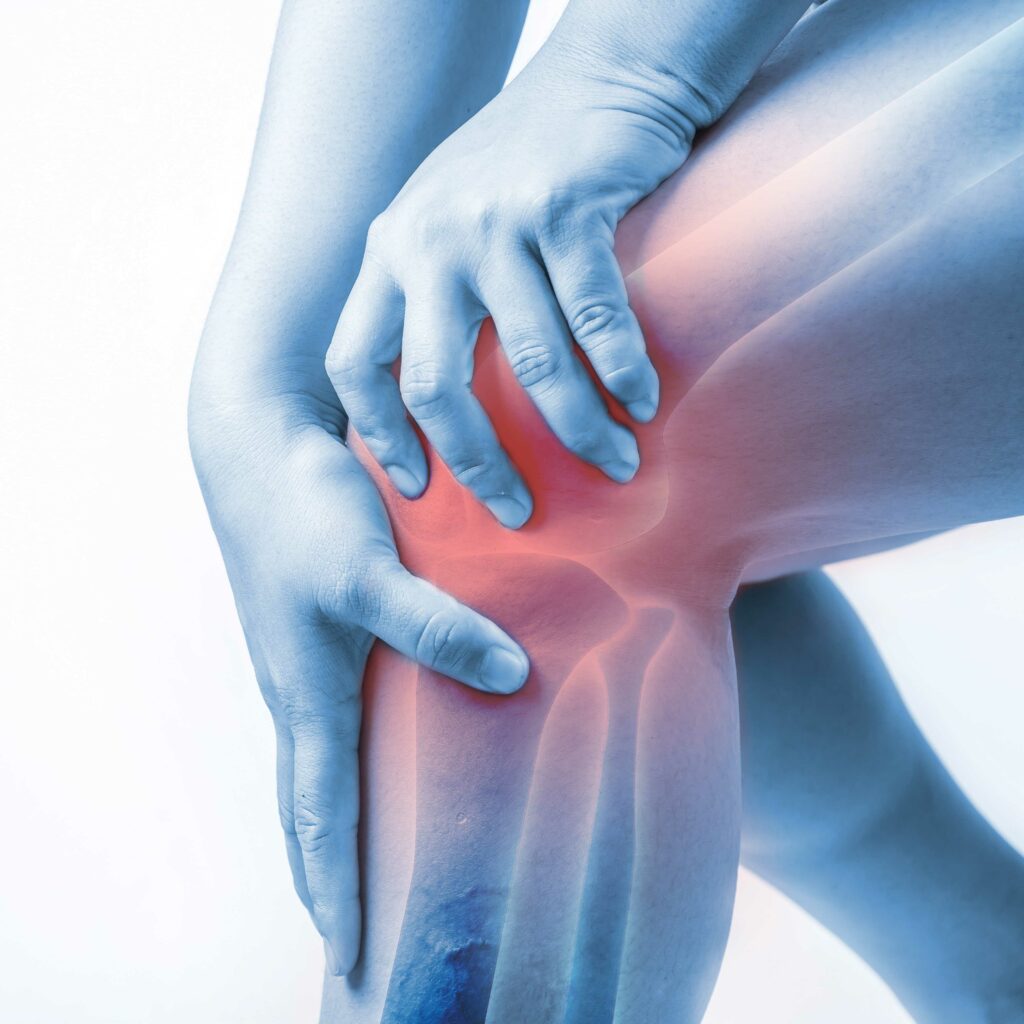Causes and Treatments for Osteoarthritis of the Knee
Knee pain can be debilitating, and one common culprit is osteoarthritis (OA) of the knee. As we age, the healthy, protective cartilage within the knee joint begins to erode. Over time, the loss of cartilage causes the bones within the knee to rub together, which can result in significant pain and even a loss of mobility. According to recent medical statistics, approximately 14 million people in the United States alone suffer from symptomatic knee osteoarthritis, making it one of the leading causes of disability.
In this blog, we’ll delve into the causes of knee osteoarthritis and explore various treatments, including alternatives to knee replacement.
Causes of Knee Osteoarthritis
Osteoarthritis is a degenerative joint disease that primarily affects the cartilage, the protective tissue covering the ends of bones in the joint. Aging is a significant risk factor, as the wear and tear on the knee joints over time can lead to cartilage deterioration. Other factors contributing to knee osteoarthritis include genetics, obesity, joint injuries, and muscle weakness. Within the last decade, it was discovered that the inflammation within the knee caused by osteoarthritis accelerates cartilage degeneration. Therefore it is important to treat the inflammation to slow the progression of osteoarthritis.
Common Treatments for Knee Osteoarthritis
Medications:
- Nonsteroidal anti-inflammatory drugs (NSAIDs) can help reduce pain and inflammation.
- Analgesics, such as acetaminophen, may provide relief from pain.
Physical Therapy:
- Strengthening exercises help support the knee joint and improve flexibility.
- Low-impact aerobic exercises, like swimming or cycling, can maintain joint health without exacerbating pain.
Weight Management:
- Maintaining a healthy weight is crucial, as excess weight puts additional stress on knee joints.
Orthotics and Assistive Devices:
- Custom-made shoe inserts (orthotics) can help distribute weight more evenly.
- Canes or braces may offer support and reduce strain on the knee.
Knee Replacement:
- Resurfacing of the knee damaged by arthritis.
- A metal or plastic parts are then used to cap the ends of the joint that make up the knee.
New Alternative to Surgery
While total knee replacement is one of the most common and proven surgeries for knee osteoarthritis, a new and less invasive treatment option is available to those who may not yet be candidates for this surgery, or who do not wish to have it. Genicular artery embolization (GAE) is a highly effective way to reduce inflammation within the knee joint and slow or halt the progression of osteoarthritis.
During the GAE procedure, an interventional radiologist uses imaging to guide a catheter into one or more of the genicular arteries that feed the synovium–the lining of the knee where the inflammation occurs. The artery is then embolized or “blocked,” which reduces inflammation and its associated pain. GAE spares the patient the risks of a long-term medication regimen, or the need to receive pain injections every few months.
If you are experiencing knee pain that may be related to osteoarthritis and want to explore an alternative to total knee replacement, contact us at 901-683-1890 for more information or schedule an appointment online.

